The Essential Guide to Choosing the Perfect Lighting Fixtures for Your Home
When it comes to creating a beautiful and functional home, the importance of choosing the right lighting fixtures cannot be understated. According to a recent report from the American Lighting Association, nearly 90% of homeowners believe that lighting is critical to their home’s decor and ambiance. As we spend more time at home, especially in light of recent trends towards remote work and home-based leisure activities, the role of lighting has taken center stage in enhancing our daily experiences.
Selecting the perfect lighting fixtures involves more than just aesthetics; it plays a significant role in energy efficiency and overall home value. The U.S. Department of Energy reports that proper lighting design can reduce energy costs by up to 75% compared to traditional systems. With advancements in technology such as LED fixtures, homeowners now have access to a variety of energy-efficient options that not only contribute to lower electricity bills but also align with sustainable living practices. This guide will walk you through essential considerations for selecting the perfect lighting fixtures that fit both your style and functional needs, ensuring that your home remains both inviting and efficient.
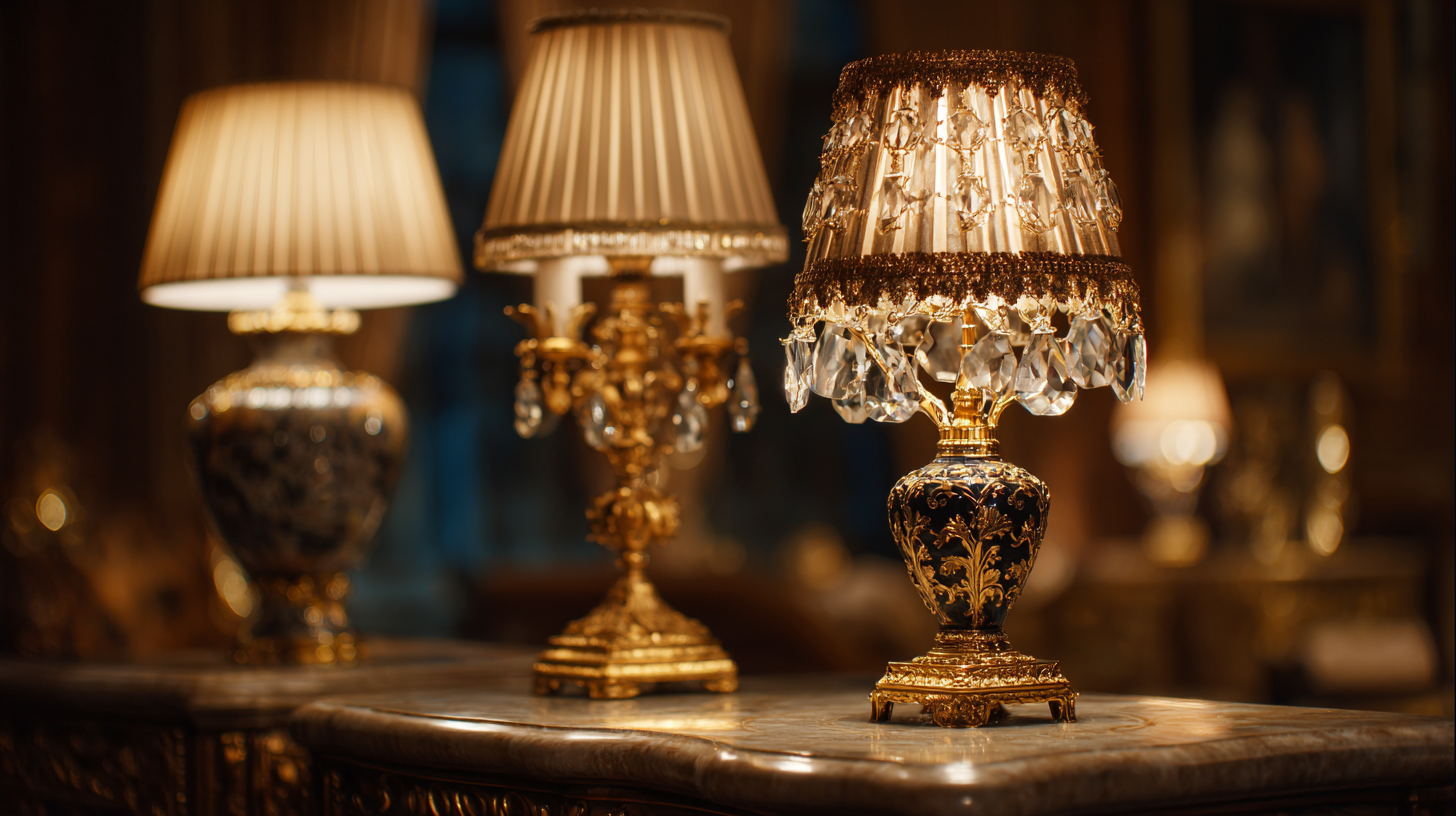
Understanding the Importance of Lighting: Impact on Mood and Productivity
Lighting plays a crucial role in shaping the ambiance of a home, significantly influencing both mood and productivity. Studies have shown that different types of light can elicit various emotional responses. Warm lighting tends to create a cozy and inviting atmosphere, which is ideal for relaxation and social gatherings. In contrast, cooler lighting is associated with focus and alertness, making it perfect for workspaces where concentration is essential. Understanding these effects can help homeowners choose lighting fixtures that align with the intended function of each room.
Moreover, the placement and intensity of lighting can either enhance or detract from one's productivity. In work environments, adequate task lighting can reduce eye strain and improve overall efficiency, while dim lighting might lead to fatigue and decreased motivation. Natural light is also paramount; maximizing daylight exposure can boost mood and energy levels, creating a more uplifting and productive environment. By carefully selecting and positioning lighting fixtures, individuals can create spaces that not only look beautiful but also support their emotional well-being and daily activities.

Key Lighting Types: Ambient, Task, and Accent – When and Where to Use Them
When choosing lighting fixtures for your home, understanding the three key lighting types—ambient, task, and accent—is essential for creating a balanced and functional space. Ambient lighting serves as the foundation, offering overall illumination and setting the mood of a room. According to the American Lighting Association, proper ambient lighting can improve a room’s perceived size and comfort, making it crucial in areas like living rooms and dining areas where relaxation and socializing occur.
In addition to ambient lighting, task lighting is specifically designed to assist with activities that require focused illumination, such as reading or cooking. This type of lighting is often provided by fixtures like desk lamps or under-cabinet lights. A recent report by the International Association of Lighting Designers indicated that 60% of homeowners find task lighting essential for their workflows and daily activities, highlighting its importance in spaces like kitchens and home offices.
Finally, accent lighting adds drama and highlights specific objects or areas within a room, such as artwork or architectural features. The design firm Kim Lighting found that 78% of designers believe that effective accent lighting enhances a room’s aesthetic appeal and depth. By combining these three lighting types thoughtfully, homeowners can create a harmonious environment that meets both functional and aesthetic needs.

Selecting the Right Bulb: Incandescent vs. LED – Energy Efficiency and Longevity Comparison
When selecting the right bulb for your home, the debate between incandescent and LED lighting plays a crucial role in energy efficiency and longevity. Incandescent bulbs have long been a traditional choice for their warm glow and familiar ambiance. However, they are notorious for their short lifespan, typically lasting around 1,000 hours, and their energy consumption is significantly higher compared to modern alternatives. This means that while they may provide immediate satisfaction in terms of light quality, they often lead to higher electricity bills and more frequent replacements.
In contrast, LED bulbs stand out for their exceptional energy efficiency and longevity. With an impressive lifespan of up to 25,000 hours, LED lights consume at least 75% less energy than incandescent bulbs. This not only translates to cost savings over time but also reduces your carbon footprint, making it a more environmentally friendly choice. Moreover, advancements in LED technology now allow for a wide range of color temperatures and styles, enabling homeowners to achieve the desired atmosphere while benefiting from substantial long-term savings. Choosing the right bulb ultimately means assessing your lighting needs and aligning them with energy-efficient solutions to create a more sustainable and cost-effective home environment.
The Essential Guide to Choosing the Perfect Lighting Fixtures for Your Home
| Lighting Type | Energy Efficiency | Average Lifespan | Initial Cost | Quality of Light | Heat Emission |
|---|---|---|---|---|---|
| Incandescent | Low (10-17 lumens/watt) | 1,000 hours | $0.50 - $1.50 | Warm, soft light | High |
| LED | High (80-100 lumens/watt) | 15,000 - 50,000 hours | $2 - $15 | Bright, clear light | Low |
| CFL | Medium (35-60 lumens/watt) | 7,000 - 15,000 hours | $1 - $5 | Good, but sometimes harsh light | Medium |
Measuring Light Output: How Lumens and Watts Influence Your Lighting Choices
When it comes to selecting the right lighting fixtures for your home, understanding the impact of lumens and watts is crucial. Lumens measure the brightness of the light emitted by a bulb, while watts indicate the energy consumption used to produce that light. According to the U.S. Department of Energy, a 60-watt incandescent bulb produces approximately 800 lumens. However, advances in technology have introduced more energy-efficient options, such as LED and CFL bulbs, which can produce the same amount of light using significantly fewer watts. For instance, an LED bulb can deliver 800 lumens using only about 10 watts, showcasing their energy-saving capabilities.
Choosing the appropriate number of lumens for each room can enhance both functionality and ambiance. The Illuminating Engineering Society suggests that living areas may require 100-200 lumens per square meter, while kitchens could demand up to 300 lumens per square meter for optimal task lighting. By factoring in these measurements, homeowners can make informed decisions on their lighting fixtures, ensuring a balance between energy efficiency and sufficient brightness for different settings in their homes. This knowledge not only enables you to create the desired atmosphere but also contributes to reducing energy bills.
Understanding Light Output: Lumens vs. Watts
Color Temperature: Choosing the Right Kelvin Range for Different Spaces in Your Home
When selecting lighting fixtures for your home, understanding color temperature is crucial to create the desired ambiance in different spaces. Measured in Kelvin (K), color temperature can significantly affect the mood and functionality of a room. For instance, a warm light around 2700K is ideal for living rooms and bedrooms, where a cozy and inviting atmosphere is essential. This soothing light helps to promote relaxation and provides a perfect setting for gatherings or quiet evenings at home.
In contrast, cooler temperatures, typically ranging from 3500K to 5000K, are suitable for areas requiring enhanced focus and energy, such as home offices and kitchens. Bright white and daylight colors simulate natural light, which can help improve concentration and visibility for tasks like cooking or reading. By strategically choosing the right Kelvin range for each room, you can ensure that your home is not only well-lit but also tailored to your lifestyle and daily activities.
Related Posts
-
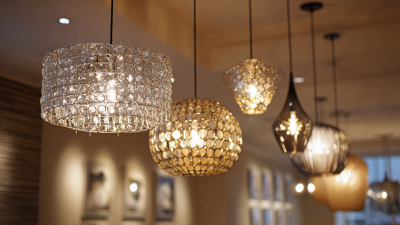
How to Choose the Best Lighting Fixtures for Your Home Makeover
-
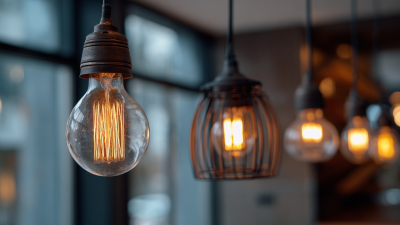
Exploring the Future of Best Lighting Fixtures Market Trends and Projections for 2025
-
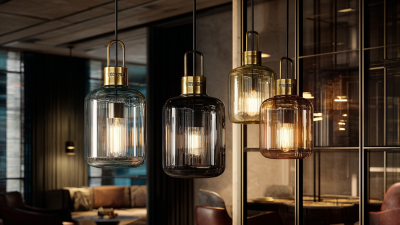
Unlocking the Power of Lighting Fixtures: Transform Your Space with Innovative Designs
-

Transform Your Space: 5 Key Trends in Modern House Furniture for 2024
-
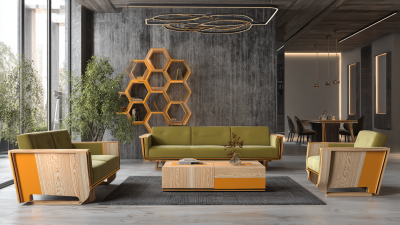
Exploring the Essence: What Defines Contemporary Furniture Style?
-

Understanding Industry Production Standards: How to Choose the Best Interior Design Furniture

